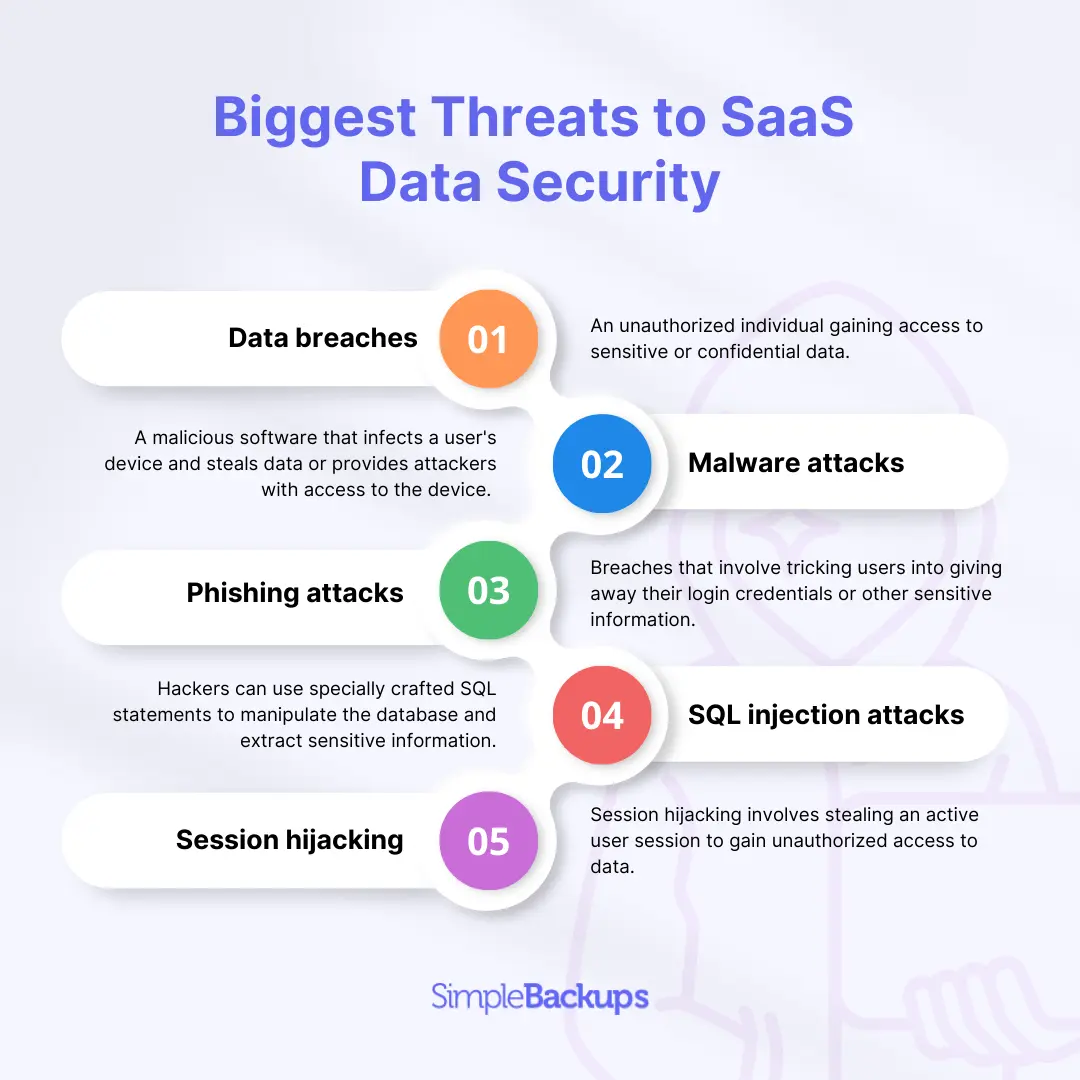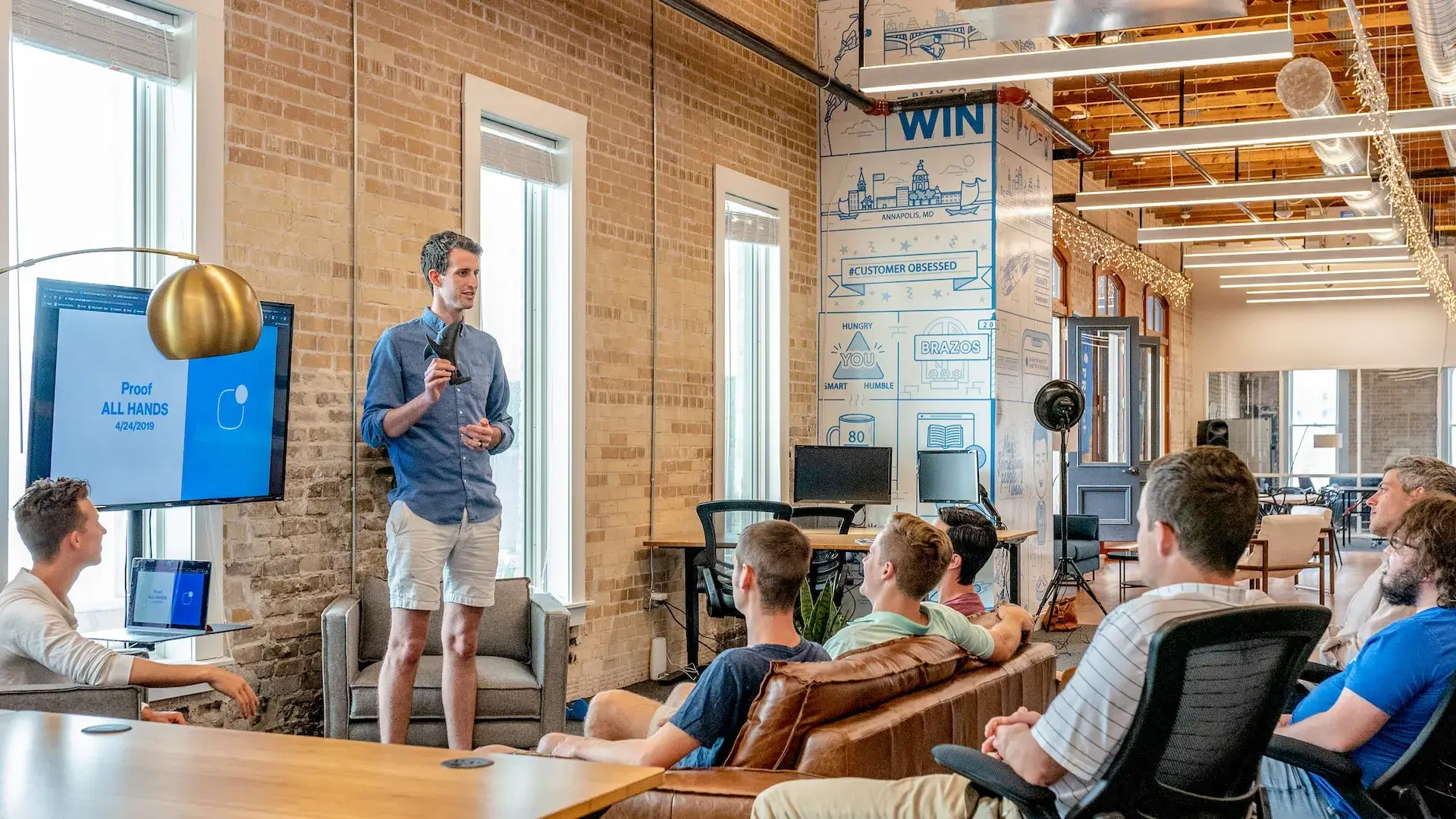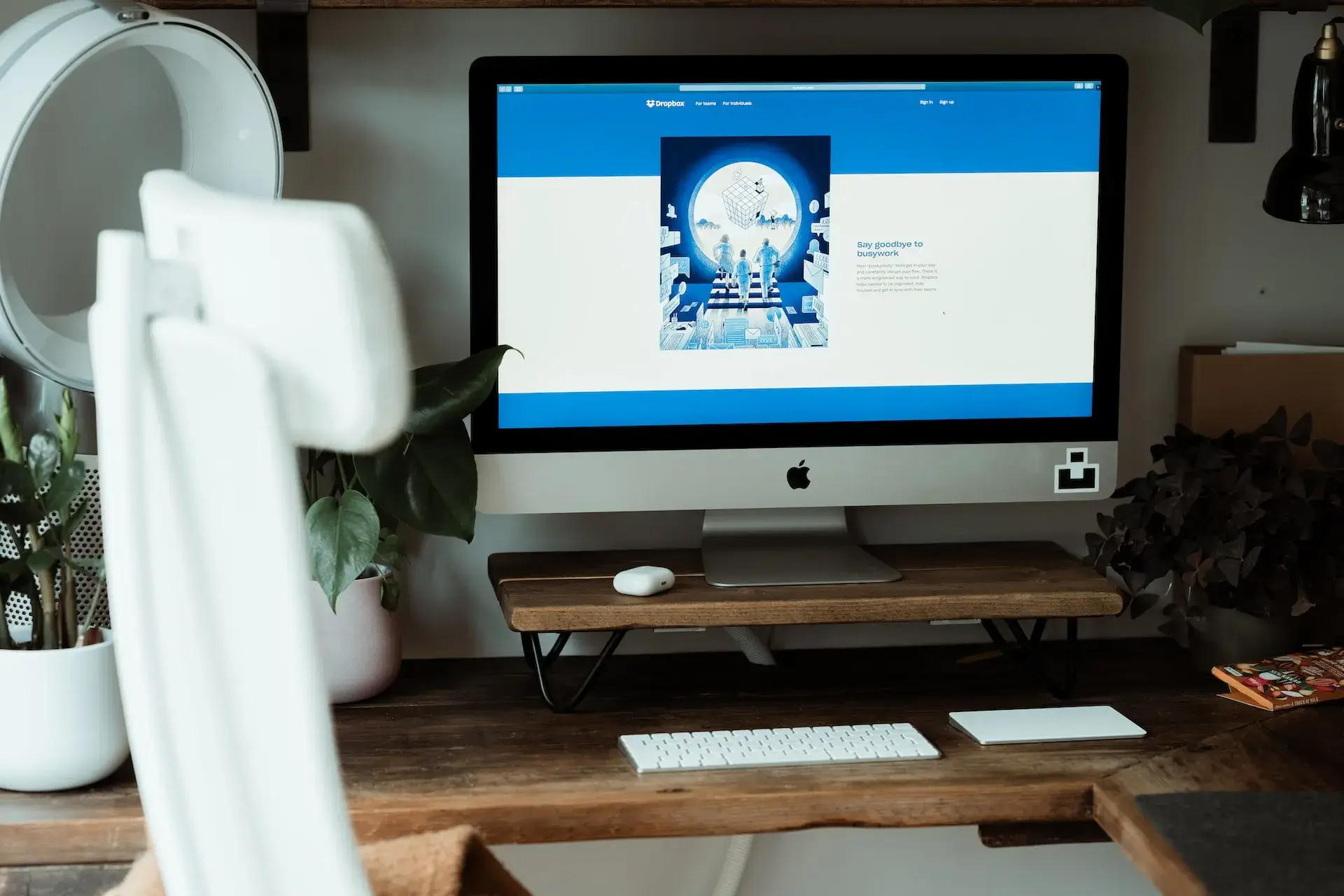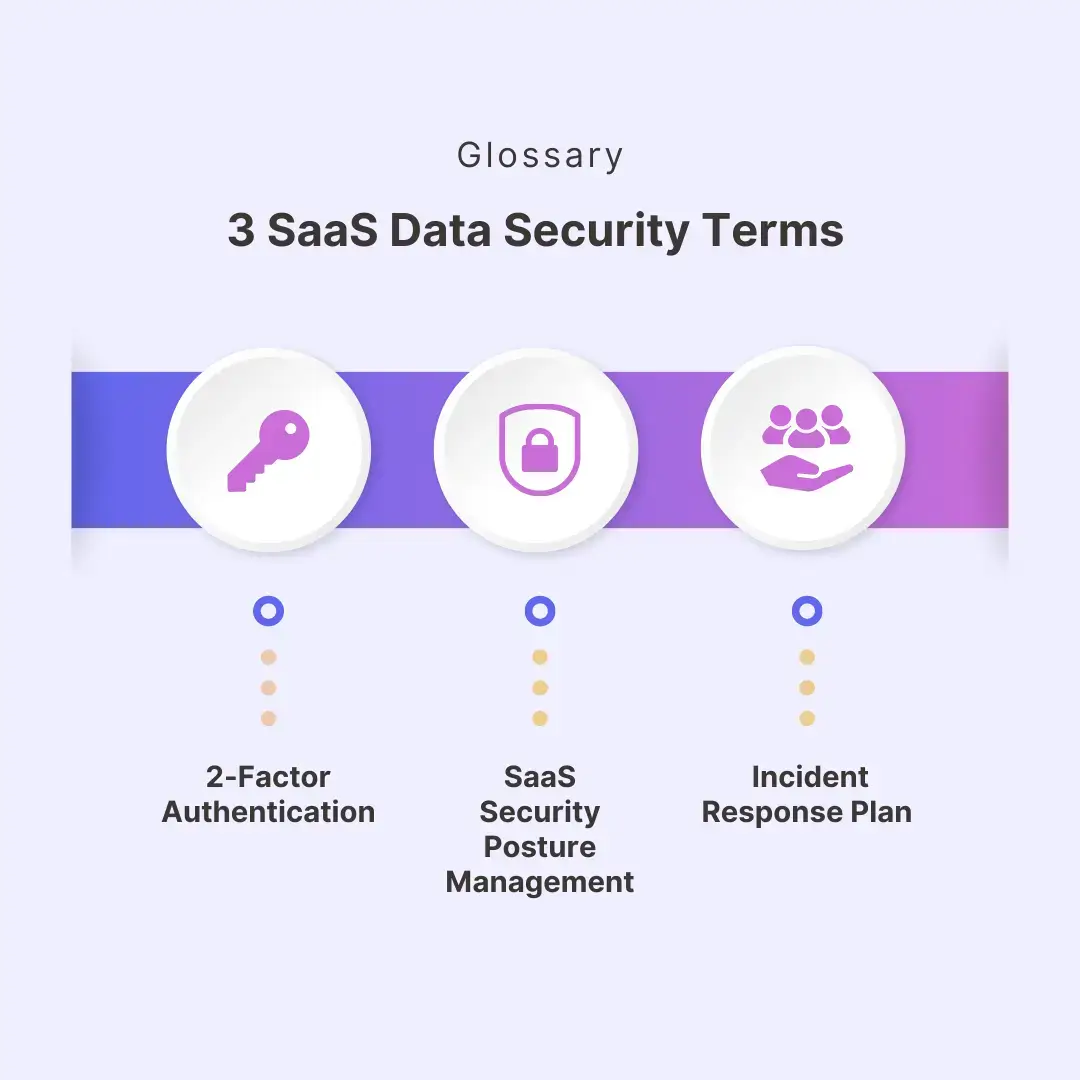The use of SaaS is widespread and has become essential for many organizations. It can handle repetitive tasks, reduce manual labor, and operational costs.
However, as a SaaS owner, it is crucial to prioritize security due to the sensitive data being processed and stored. Neglecting security could lead to cybercriminals gaining unauthorized access and potentially misusing the data.
Thankfully, there are solutions available to improve SaaS security and protect against breaches. This article will discuss these solutions and provide best practices for SaaS security.
What Is SaaS Security?
And since SaaS businesses operate in the cloud. The cloud is a hub for all sensitive information (business and customer), including payment information, personal information, or user accounts.
SaaS companies need to be cautious with security measures, protecting their application from security threats and ensures the confidentiality, integrity, and availability of the tool and all the data it handles.
Why Should You Prioritize SaaS Security?
SaaS applications are getting more complex with the increasing volume of usage and demands.
One application is being used by HR managers, developers, and C-suite executives. Since they all have different technical capabilities and requirements with the application, each has its own way of using it.
As a result, the security teams find it hard to collaborate with business managers who are managing and shipping new technologies in the SaaS. This opens up many loose ends in the applications, making them vulnerable and inviting unwanted attention.
Consequences of Compromised SaaS Security
One lousy security breach or a data leak can have severe consequences for your business, which can be hard to recover from:
- Compromised data can erode customer trust, especially if it involves sensitive personal or financial data.
- There can be legal and regulatory issues, including lawsuits, investigations, and fines. Some industries, such as healthcare and finance, are subject to strict regulations governing data security for SaaS applications.
- Downtime due to a data breach can lead to operational disruptions, which can be ugly for your revenue and reputation.
Biggest Challenges for SaaS Security
Hosting a SaaS application on the cloud invites many security risks, including:
- Data breaches: An unauthorized individual gaining access to sensitive or confidential data.
- Malware attack: A malicious software that infects a user's device and steals data or provides attackers with access to the device. It spreads through email attachments, downloaded software, or infected websites.
- Phishing attacks: Breaches that involve tricking users into giving away their login credentials or other sensitive information. These emails may look like they come from a legitimate source, such as a SaaS provider, vendor, etc. The goal is to make you lower your guard.
- SQL injection attacks: SQL injection attacks exploit vulnerabilities in an application's database to gain unauthorized access to data. Attackers can use specially crafted SQL statements to manipulate the database and extract sensitive information.
- Session hijacking: Session hijacking involves stealing an active user session to gain unauthorized access to data. This can be done by stealing a user's session ID or by intercepting the communication between the user and the application.

Examples of High-Profile Data Breaches
1. Zoom’s file of data breaches

A lockdown favorite, Zoom experienced not one but a series of data breaches in 2020.
The first breach occurred in April when it was discovered that Zoom was sending user data, including email addresses and device information, to Facebook without users' knowledge or consent.
Later that year, Zoom had a vulnerability that allowed hackers to steal users' Windows credentials.
Another Zoom vulnerability was discovered in 2020, allowing hackers to eavesdrop on Zoom meetings.
As a result, Zoom became a part of many lawsuits and paid millions of dollars worth of fines for several misconducts in data security.
2. Salesforce’s API Error

In 2018, Salesforce warned some of its marketing cloud users about a potential data leak due to an API error in the application.
The error caused the APIs to improperly retrieve or write data from one customer’s account to another, and Salesforce couldn’t confirm if another user viewed or modified a customer’s data.
While the error was immediately resolved within hours of Salesforce releasing an emergency release, it may have caused information loss to customers, including Nestle, Dunkin’ Donuts, etc.
3. Dropbox’s Data Leakage Fiasco

The breach was caused by a vulnerability in a third-party software library that Dropbox used, which allowed hackers to access user accounts and steal the email addresses and passwords of over 68 million users.
The stolen data was then sold on the dark web, which put Dropbox users at risk of identity theft and other cybercrimes.
SaaS Security Best Practices
Now, these past breaches look ghastly, so how can you ensure your SaaS doesn’t become a victim? First, we need to understand the causes – the loose ends that invite these risks in the first place.
Typically, a SaaS application becomes vulnerable on the internet due to the following factors:
- Weak passwords and poor authentication: Weak or reused passwords and poor authentication practices allow hackers to access user accounts and sensitive data quickly.
- Unsecured APIs: APIs allow third-party developers to integrate with the SaaS application's functionality, but an unsecured API can become a key for hackers to bypass authentication and authorization measures and access confidential information.
- Human error: Mistakes by employees or contractors may lead to security incidents in SaaS applications. For example, accidentally sharing sensitive data or falling for a phishing scam.
- Outdated software and systems: Failure to keep software and systems up-to-date can leave SaaS applications vulnerable to security risks.
- Third-party vulnerabilities: Third-party vulnerabilities refer to security risks arising from weaknesses in software components, libraries, or other dependencies developed and maintained by third-party vendors.
- Compliance issues: Compliance regulations like HIPAA compliant video conferencing, GDPR, and CCPA, among others, establish specific requirements for how companies handle and store sensitive data. If they fail to comply with these regulations, companies may be at risk of suffering a data breach, which could result in significant financial and reputational damage.
Now that you know what typically makes a SaaS ecosystem weak and vulnerable, let’s dive into the solutions and best practices to steer clear of any security misconduct in a SaaS application!
1. Implement Two-Factor Authentication in Your SaaS
As you’ve seen, passwords are at high risk of being stolen or misused. This is a significant security risk, as stolen passwords can give unauthorized users access to sensitive information, resulting in data breaches and other security incidents.
To address this risk, implement two-factor authentication (2FA) as an additional layer of security for SaaS applications.
2FA is a security process in which users provide two different authentication factors to verify their identity. These factors can include something the user knows (like a password), something the user has (like a security token), or something the user is (like biometric data).
How Does 2FA Work?
With 2FA, a user will enter their password as the first factor, and then a second factor is required, which can vary depending on the implementation. The user might need to enter a code sent to their phone via text message or an app, use a physical security key, or provide a biometric scan like a fingerprint.
With two separate factors, 2FA significantly increases the difficulty of an attacker gaining unauthorized access to a user's account.
For example, Google provides an option for 2FA for all its accounts, including Google Drive, Gmail, Google Calendar, and other services. Users can enable 2FA, which adds an additional layer of security to their accounts. When you want to log into your workspace, you must first enter the credentials and then confirm the login with your phone.

2. Invest in SSPM to Level up the Security of SaaS Applications
SSPM, or SaaS Security Posture Management, is a set of SaaS security tools and processes designed to help organizations manage their SaaS security posture and ensure that all SaaS applications are safe.
How Does SSPM Work?
SSPM integrates with various SaaS applications using API integration and monitors real-time user activities. It helps security teams manage risks such as:
- Excessive permissions
- Unused accounts
- Other access-related issues
It scans the applications and identifies any potential security risks. It then provides recommendations on mitigating these risks and enforcing security policies on these applications.
These recommendations often include requiring stronger passwords, enabling two-factor authentication, or restricting access to certain features.
3. Regularly Monitor and Update the App
Ensure all your tools and third-party apps (or integrations) are patched to the latest update. Then, push the updates to your servers and make them available to the users.
SaaS Update Checklist
- Check for updates frequently, or set up automatic updates, to ensure that your software is always up-to-date and secure.
- Before updating, back up all of your data to recover your data in case something goes wrong. This can be done either manually or automatically.
- Before applying updates to a live production environment, it is best to test them in a non-production environment.
- Once updates are released, apply them as soon as possible to protect your software from the latest security threats.
4. Incorporate Data Encryption and Secure Data Storage Practices
Data encryption is another fool-proof way for SaaS companies to encrypt all sensitive user data in transit (i.e., while it's being transmitted over the internet) and at rest (i.e., while it's stored on servers).
It involves converting data into code that can only be read with a decryption key. Even if an attacker gains access to the data, they won't be able to read it without the decryption key.
Another thing to note is to store your SaaS data in a safe environment that offers encryption, regular automated backup, identity access controls (2FA), etc.
5. Educate Your Employees on Security Best Practices
Change begins at home and, in this case, at your organization. It’s important that your employees are well-informed about the SaaS security best practices to safeguard your SaaS application.
Follow the steps below to bring your whole team up to speed:
- Develop a concise security policy outlining the company's expectations and guidelines for protecting sensitive data.
- Conduct training sessions that cover the basics of cybersecurity and data protection practices.
- Conduct refresher courses to reinforce the security policy and provide updates on new threats and vulnerabilities.
- Implement access management protocols that restrict employee access to sensitive data and systems based on job responsibilities.
- Develop an incident response plan that outlines procedures for handling security incidents and data breaches.
- Regularly test the security measures to identify vulnerabilities and assess the effectiveness of the training program.
6. Develop an Incident Response Plan
Creating an incident response plan is crucial for any SaaS company to respond effectively to security breaches or incidents.
This way, you can quickly identify the scope and nature of the breach and the actions required to contain it if that happens. Moreover, it minimizes confusion and inconsistency in handling security incidents and brings all employees on the same page.
5 Steps to Create an Incident Response Plan
- Identify key stakeholders, including the incident response team, executive management, and other relevant departments. Define their roles and responsibilities in the event of a security incident.
- Identify the different types of security incidents that could occur, such as data breaches, malware attacks, or system failures.
- Create a communication plan that outlines how the company will communicate about the security incident with employees, customers, vendors, and regulators.
- Define the steps the incident response team will follow when responding to a security incident. This includes initial response, containment, eradication, recovery, and post-incident activities.
- Regularly test your plan to ensure it remains effective. This can be done through simulated security incidents or tabletop exercises.
Shield Your SaaS Against Risks and Vulnerabilities
Taking care of the security requirements for SaaS applications can be tricky, especially for more complex and advanced apps, as their user base increases. The key is to follow a rigorous and systematic approach to identify the potential vulnerabilities in your SaaS and take proactive measures to combat them.
Ensure you have the best security policies in place and regularly audit your application security. More importantly, keep your team informed about the potential risks and create a rock-solid plan to remediate like a pro!
Make SimpleBackups a part of your SaaS security stack, and stay prepared for the unexpected.